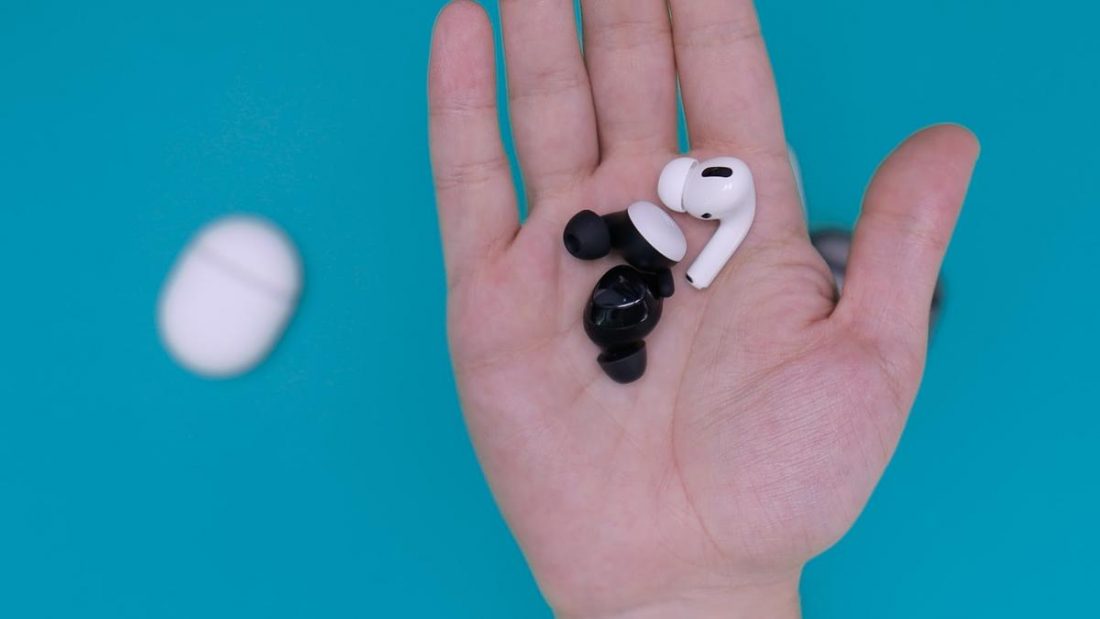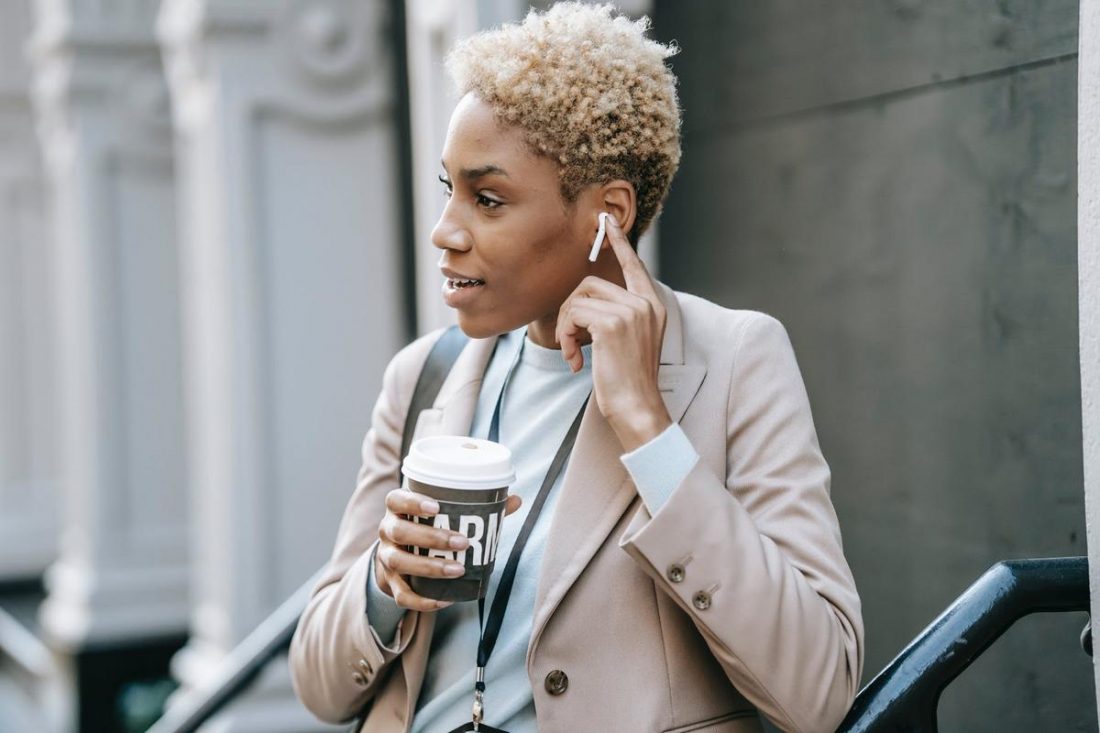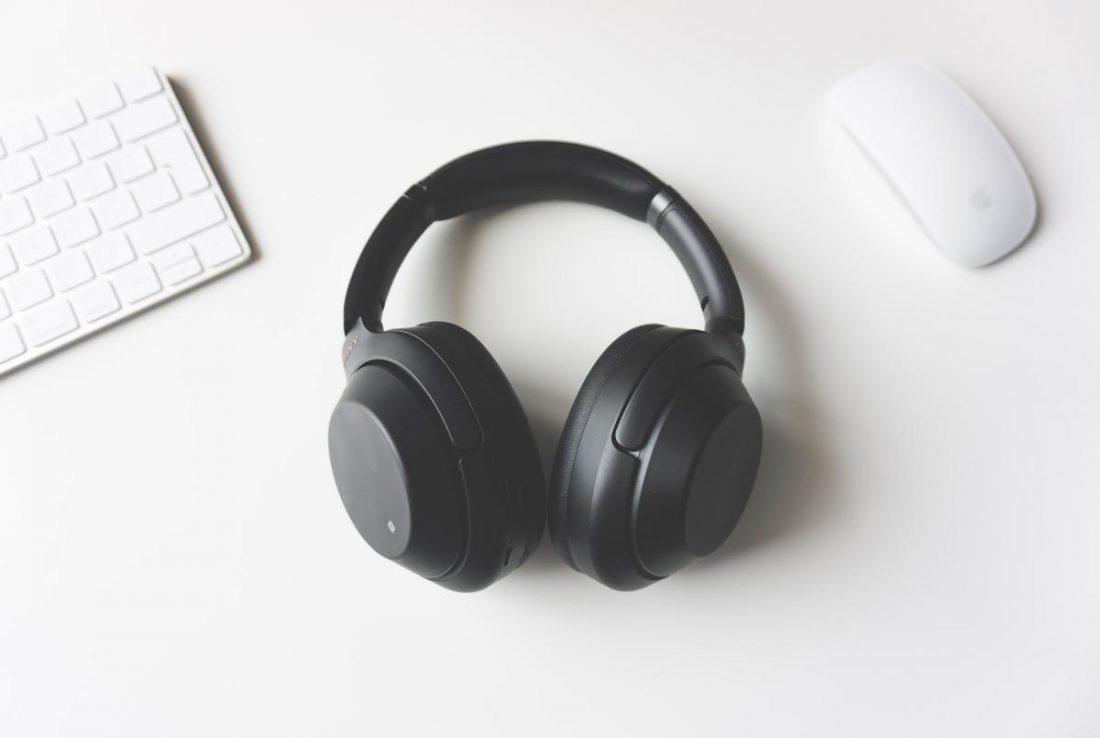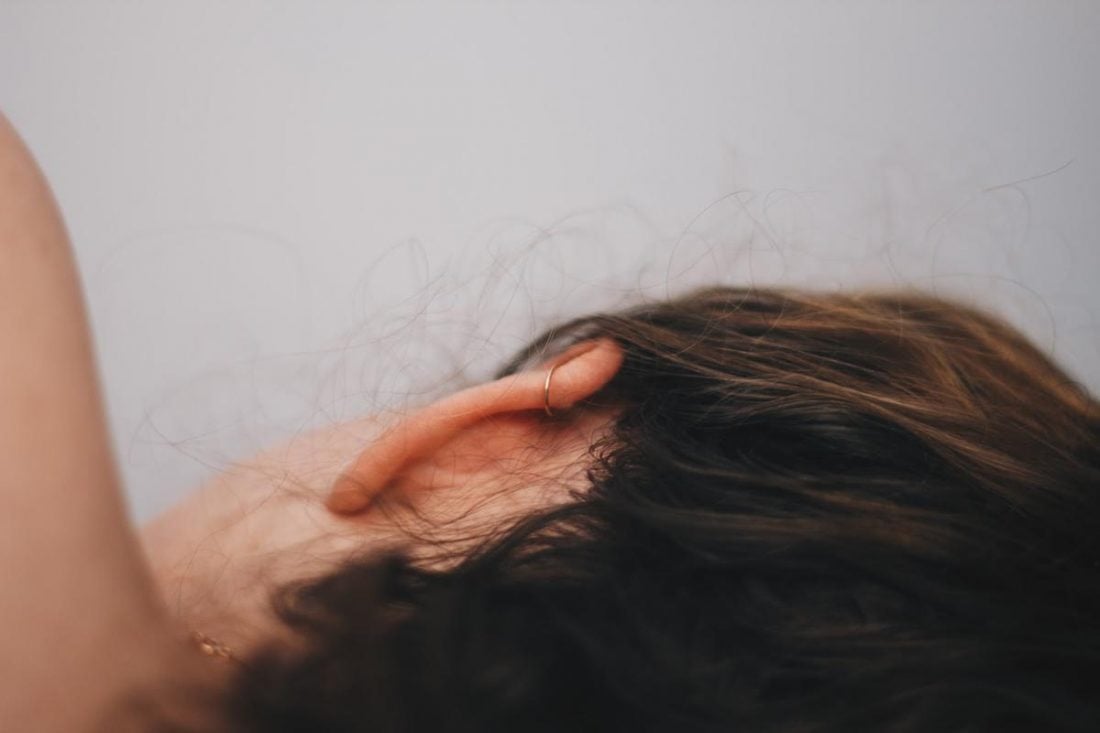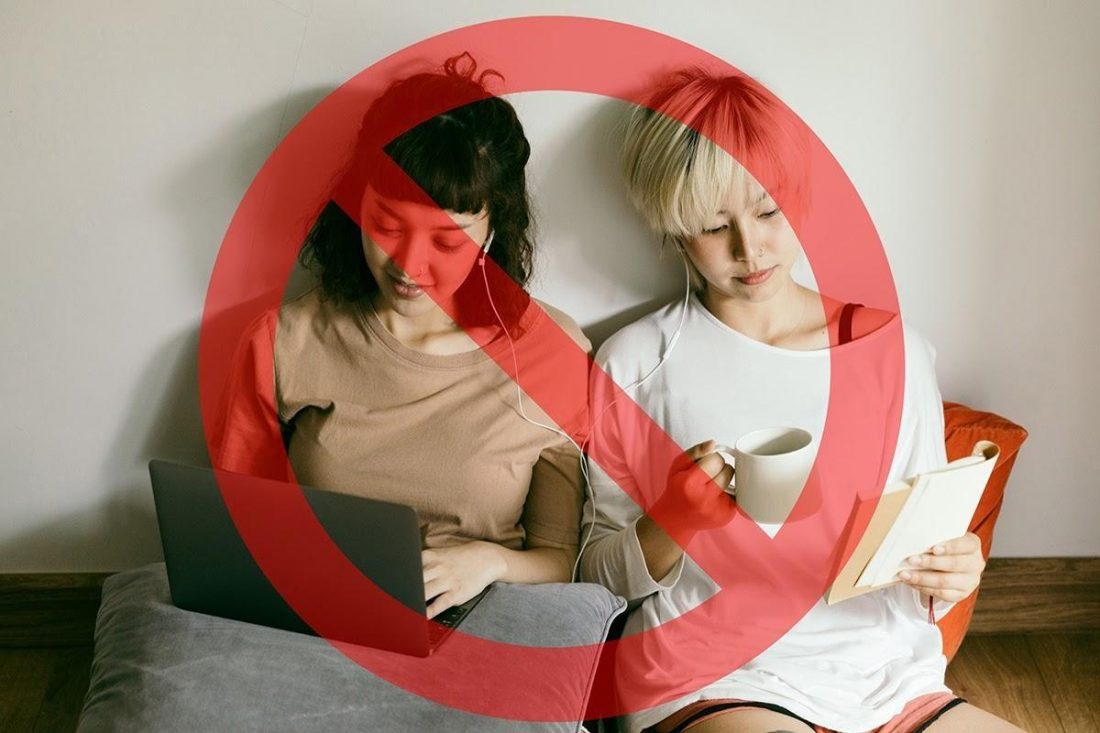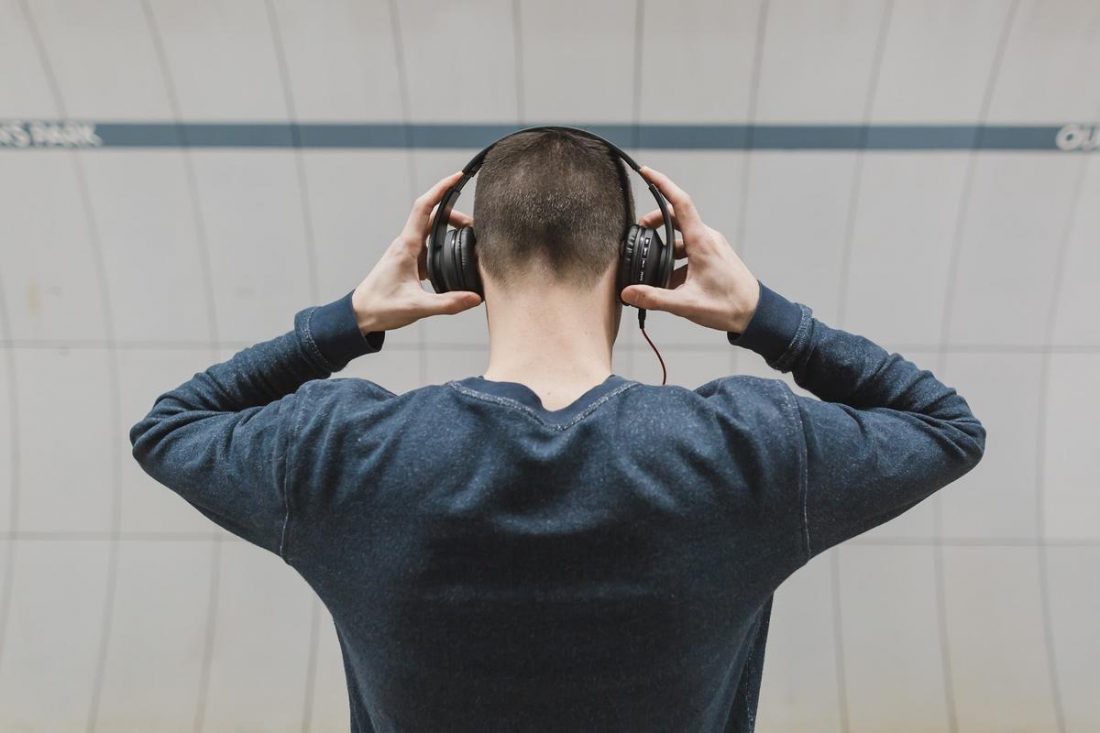Have you ever removed your earbuds, only to hear ringing sounds? That can be scary, and may even cause you to wonder if you’ve ruined your ear for good. It surely doesn’t help when the ringing sounds persist longer than you’d like, making you worry if you’ve damaged your ears completely. What’s to blame? Is it your earbuds? Well, the answers you’re looking for are here. In this article, we’ll discuss if earbuds are safe or not. We’ll also throw in some tips on how to listen safely with your earbuds on. Let’s dive in.
Are Earbuds Bad for Your Ears?
The short answer is: not really. Earbuds aren’t exactly to blame for different safety concerns. The problem lies (and starts) with how you use them. When used improperly, your earbuds can lead to the following safety concerns:
Hearing loss
Hearing loss is characterized by partially or completely being unable to hear in either or both ears. And one of its primary causes is loud noise exposure. This usually happens because of damage to hair cells—structures in the ears responsible for sound transmission from the ears to the brain. As such, the relationship between earbuds and hearing loss simply depends on how loud your volume is and how long you listen to it. Aside from hearing loss, you may sometimes experience ringing or other noises after pulling out your earbuds. If this persists for a long time, that might be a different condition called tinnitus.
Ear infection
An ear infection occurs when the middle ear becomes infected by a bacteria or virus. Ear infections usually involve inflammation and fluid buildup in the middle ear, making it extremely painful. If not cleaned regularly, earbuds can easily introduce bacteria to the ears when placed directly in the ear canal. Earbuds also block the air passage in the ear, which allows bacteria to further thrive. Together, these factors risk bacterial transfer to more sensitive parts of the ears. Additionally, when shared, earbuds facilitate the transfer of bacteria from one person to another. This increases the risk for more serious ear infections.
Pain in the ear
If your earbuds are placed the wrong way or aren’t the right size, you may end up feeling pain in your ears. This pain may even radiate to your inner ear and other nearby areas, such as the jaw and the head. Most earbuds follow the one-size-fits-all approach while humans have different ear shapes and sizes. Moreover, earbuds are usually made of hard plastic — a material that can cause chafing on the ears, especially if there aren’t any cushions. Thus, wearing the wrong size of earbuds pushes this hard plastic to your skin and ear cartilage, causing unnecessary pressure. Additionally, your ear’s cartilage isn’t designed to hold your earbuds for a long time, causing it to hurt after a few hours of use.
Vertigo
Vertigo is characterized by feeling dizzy or off-balance. One of its major causes involves problems with the inner ear, which is responsible for our sense of balance. The inner ear regulates our mechanisms for balance through two major structures: the semicircular canals, and the vestibule. Basically speaking, our inner ears inform our brain of even the slightest head movements. And damaging them, like when playing sounds at high volumes for a long time, may lead to delays or issues with the transmission of signals from our ears to our brains. Hence, leading to vertigo.
How to Use Headphones and Earbuds Without Damaging Your Ears
Reading through the possible consequences of using earbuds the wrong way may be scary. But, if you’re careful, you can certainly prevent these problems. Just follow these tips:
Choose noise-cancelling headphones
Extremely loud sounds from the environment can cause damage to the ears. But with noise-cancelling headphones, you’ll get to reduce or cancel these harmful background noises. For noise cancellation, you have two options: Passive and active noise cancellation (ANC). If you’re constantly in a noisy environment, it’s highly recommended to invest in ANC headphones. Because aside from canceling ambient noise, you won’t have to turn up the volume when using ANC headphones to hear your music above the noise. You can check out this article on some of the best noise-cancelling headphones in the market. Alternatively, you can visit our guide on how to make your own noise cancelling headphones to save some cash.
Set the volume level to no more than the safe level
To ensure you don’t hurt your ears, keep your earbuds at a safe volume. When you turn up your volume, your device will show warnings that your current volume may be too loud. Don’t ignore these warnings—they’re your sign that you’re beyond the 85dB threshold. If uncontrolled, some headphones can go up to 136dB. But if you want to ensure this won’t happen, you may opt for volume-limiting headphones instead. These headphones typically use built-in resistors so you won’t go beyond the safe limit even at max volumes. You can also check out these tips on how to know if your headphones are too loud.
Let your ears rest
It’s not enough to just listen at a safe volume. In fact, the World Health Organization recommends listening to the recommended volume of 85 dB for only up to eight hours a day. Plus, if you go beyond 85 dB, the permissible time for safe listening also decreases. For instance, for your ears’ safety, you can only be exposed to sound at 100 dB for a maximum of 15 minutes a day. To remedy this, you may want to practice the 60-percent/60-minute rule. This lets you know how loud and how long you should use your earbuds per day. If your earbuds are at the 60 percent volume mark, you can use them for a maximum of 60 minutes in a day. Now, if you go beyond the 60 percent volume, your listening time also decreases. Likewise, if you want to listen for a longer time, make sure to turn down the volume to less than 60 percent.
Never share your headphones
Even if you know the person you’re sharing headphones with, you’re not exactly aware of how well they maintain their hygiene. Or, you may end up introducing bacteria to their ears yourself! Contaminated earwax can stick to your headphones. If you’re using earbuds, the risks are doubled because these go directly into the ear canal. Apart from bacteria, you may also share yeast or other disease-causing germs. If you need more convincing, check out our guide on everything you need to know about sharing headphones. This also includes what you can do when sharing headphones is unavoidable (like in workplace settings, or emergencies).
Wear your headphones properly
This sounds simple and intuitive, but a lot of people actually don’t wear their headphones properly the first try. With different kinds of headphones in the market, it’s not surprising how wearing each one properly can be confusing. For example, you can’t wear earbuds and in-ear monitors (IEMs) the same way. Though they may look similar at first glance, earbuds should only rest on the outer ear. Meanwhile, IEMs get inserted into the ear canal. If you interchange how you wear either one, you might end up feeling pain in the ears. Take a look at this article on how to wear headphones correctly for some help.
Conclusion
Earbuds can certainly be bad for our ears, but they don’t have to be! If you observe the proper ways of using your earbuds or headphones, you won’t have to worry about damaging your ears. You can now listen to your music in peace, not wondering if you’ll end up suffering from the dangers earbuds pose. Got any other tips on how to keep your ears safe with constant headphones and earbuds use? Let us know in the comments below!
